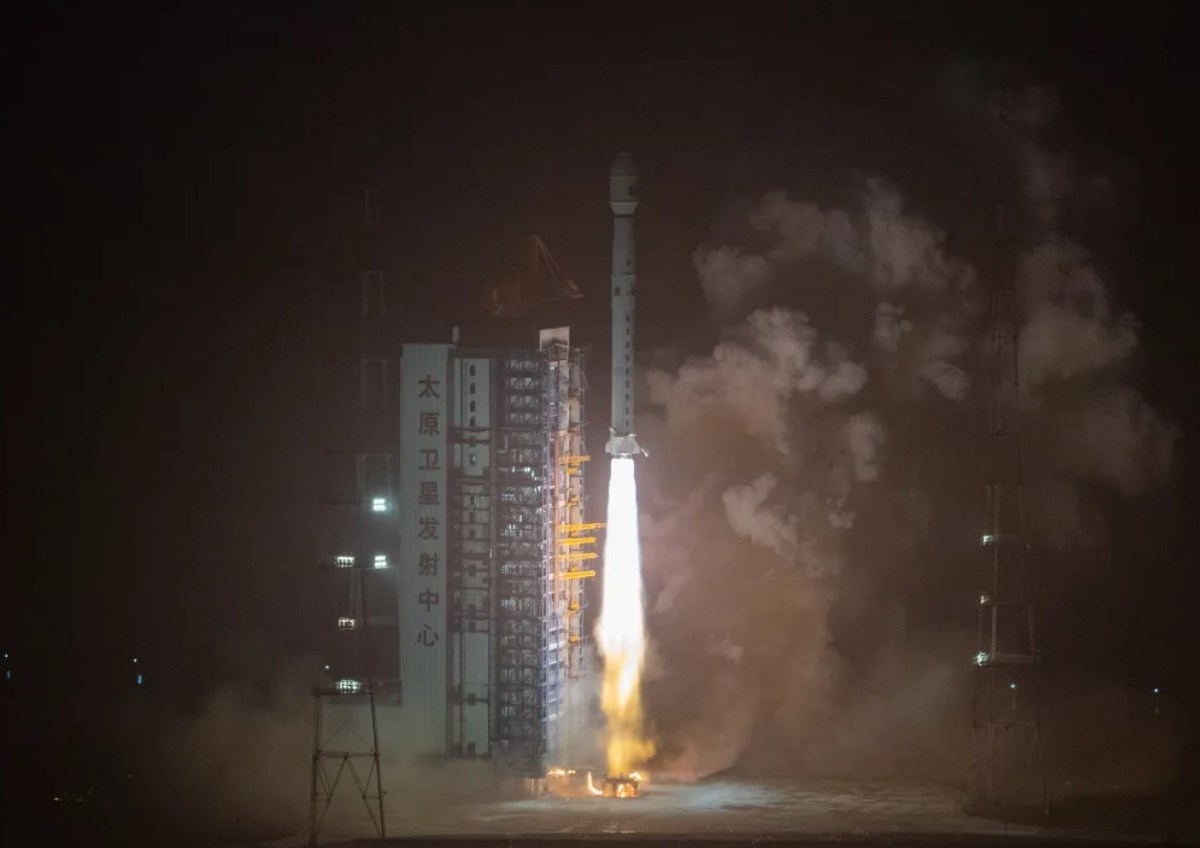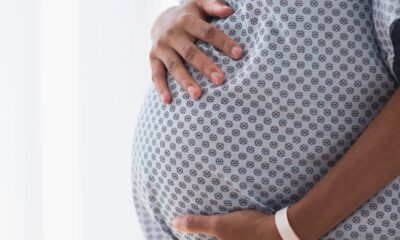News
China launches first Haiyang-4 oceanography satellite

**China’s Ocean-Watching Eye: Haiyang-4 Satellite Soars to New Heights**
What’s Happening?
China has launched the Haiyang-4 (01) satellite, its latest tool for ocean monitoring. This mission, marking China’s 55th orbital launch of 2024, is a significant leap in the nation’s oceanography capabilities. The satellite promises real-time data to help combat climate change, track marine resources, and predict disasters.
Where Is It Happening?
The satellite was launched from the Taiyuan Satellite Launch Center in north China’s Shanxi Province, catering to a global audience eager for accurate marine data.
When Did It Take Place?
The launch occurred on November 13, 2024, at 5:42 p.m. Eastern time (2242 UTC).
How Is It Unfolding?
– The satellite was deployed into a near polar orbit.
– Using advanced sensors, Haiyang-4 (01) will track ocean temperatures, currents, and sea levels.
– Mission control reports an uneventful launch, with the satellite performing as expected.
– Data will be shared with international partners for global marine research.
– China aims to improve disaster response reliability with this satellite.
Quick Breakdown
– **Launch Vehicle:** Long March 4B rocket
– **Orbit:** Near polar
– **Primary Goal:** Monitor ocean health and climate impacts
– **Collaboration:** International data-sharing agreements
– **Significance:** Major step in climate change research
Key Takeaways
The Haiyang-4 satellite stands as a testament to China’s growing prowess in environmental monitoring. By providing real-time data on ocean dynamics, it could greatly enhance disaster prediction and resource management on a global scale. climate change, and track critical resources that sustain marine life and economies worldwide.
“This satellite exemplifies the balance between technological advancement and environmental responsibility,” noted a marine scientist. “But will it be enough to mitigate humanity’s impact?”
— Dr. Li Wei, Oceanographer
Final Thought
**China’s Haiyang-4 satellite launch is a bold step forward in understanding and protecting our oceans. As climate threats escalate, this mission underscores the importance of advanced technology in safeguarding our planet. However, global cooperation is essential if we are to turn this data into meaningful action.**
-

 GPUs2 weeks ago
GPUs2 weeks agoNvidia RTX 50 SUPER GPU rumors: everything we know so far
-
Entertainment1 week ago
‘Big Brother 27’ Contestant Rylie Jeffries Breaks Silence on Katherine Woodman Relationship
-

 NASA1 week ago
NASA1 week agoNASA Makes Major Discovery Inside Mars
-

 News1 week ago
News1 week ago5 Docker containers I use to manage my home like a pro
-

 NASA1 week ago
NASA1 week agoNASA Peers Inside Mars And Discovers A Mysteriously Violent Martian Past
-

 News1 week ago
News1 week ago“There’s a Frustration”: Chicago Sky Coach Voices True Feelings After Narrow Loss
-

 News2 weeks ago
News2 weeks agoMississippi declares public health emergency over rising infant deaths. Here’s what to know
-

 News1 week ago
News1 week ago4-Team Mock Trade Has Warriors Acquiring Pelicans’ $112 Million Forward, Sending Jonathan Kuminga to Suns


















